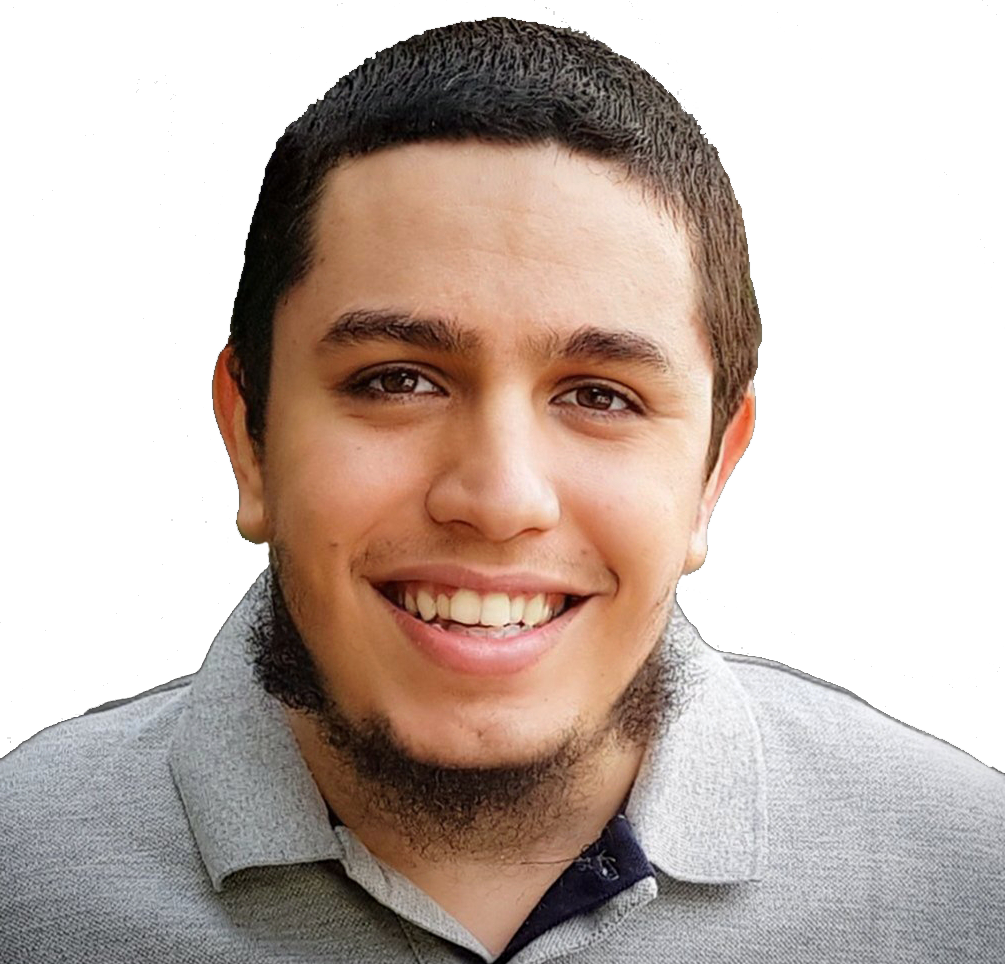|
In this technique, permanent magnets, such as neodymuim magnets, are used. These magnets are arranged in specific manner. The technique also uses a superconductor element which is thermally isolated with electrical cooling system. The process is done by putting a spacer between the permanent magnets and the thermally isolated superconductor element in order to achieve the required hovering height. Consequently, the magnetic field of the magnets penetrates the superconductor element at room temperature. After that, the superconductor is cooled to a temperature below the critical temperature (-180 Celsius degree, or 93 Kalven). The purpose is when achieving that degree of temperature, the electrical resistance of the superconductor element will be eliminated. Consequently, an electrical current can pass through a circuit made of a superconductor material to unlimited time and without any presence of power source after the first given push. In other words, we can say that the magnetic field of the permanent magnets will be stored in the superconductor. After that, the spacer which has been put between the permanent magnets and the superconductor is removed, and the last will be constant at the same fixed height and can hover in the permanent magnetic field. The hovering height is several millimeters, and it varies depending on the loaded weight. It's worth to mention that the hovering height is fixed even if the surrounding ambient is air or liquid or solid, and in all spatial positions, and therefore, this allows to find a way for contactless and frictionless linear movement in all direction and even over barriers and in spatially separated areas.
The following video explains the concept of this motion technique with some practical applications which may be used in carrying and guiding missions: |
Facebook:
|
|
0 Comments
|
Eng. Rami KhalilMechanical Design and Production Engineer. Archives
September 2019
Categories
All
Facebook:Youtube: |

 RSS Feed
RSS Feed